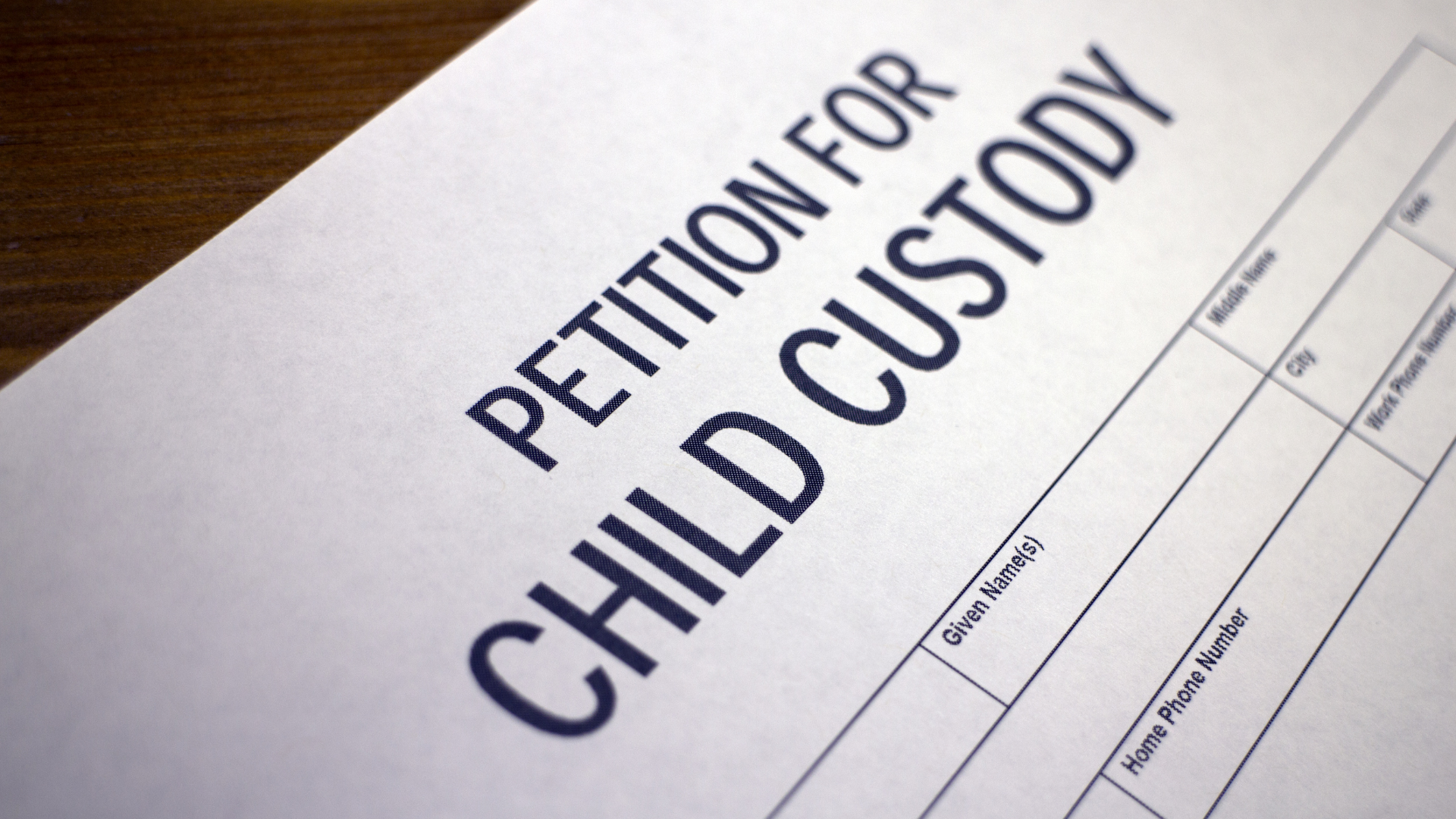Holding up a marriage or partnership is hard work when there is a constant battle, and when this work has led to a marriage or partnership breakdown, it can feel overwhelming. It can be a long process to work through, and it can be hard to figure out where to start. That’s where it can get tricky. There is a myriad of different types of separations—or ending a marriage—ranging from uncontested separation (when the couple agrees to end their relationship) to contested separation (when one or both of the couple disagrees on the decision to end the relationship) to reconciliation (when the couple decides to end their relationship, but decide to remain together).
When you’re separating from your spouse, there are different types of divorces. Depending on the situation, you may be eligible to file for a legal separation, or you may even decide you don’t want to go through divorce proceedings at all. Each option offers different benefits and, depending on your situation, might be a better fit for you. However, before settling on a course of action, it’s important to understand what types of legal separations exist. In some cases, separating from your partner can be the healthiest thing you can do. But feeling better doesn’t mean you have to stay apart permanently. Choosing not to live together doesn’t mean you are giving up on love. You can still have a loving relationship without living together.
Trial separation
All couples experience conflict in their relationships. Whether it’s infidelity, financial disagreements, or arguing over trivial things, disagreements are bound to occur. However, a topic that some couples find especially difficult to master is how to manage conflict. Conflicts can arise when a spouse or partner feels unappreciated, disrespected, or betrayed by the other. Sometimes, conflicts can even arise when a spouse or partner simply wants to vent frustrations that may seem inconsequential in the heat of the argument. If you’re thinking about separating from your partner, consider a few options. The two most common are trial separation and divorce. A trial separation is a temporary separation that occurs without filing for divorce. Both you and your former spouse must agree to a trial separation, and the trial period can last anywhere from 3-6 months. A trial separation allows both parties time to assess which option they want to pursue more thoroughly.
Permanent separation
Permanent separation from a spouse or partner can be difficult for anyone to go through. After years of marriage or 10 years of cohabitation, suddenly being single and without a partner can be a scary thought. Separation is not a divorce but a legal separation (also known as “judicial separation”). A married couple must file for divorce to end the marriage, and a court must grant a divorce for the couple to be legally separated. A legal separation is not the same as getting married, but it lets the couple obtain a divorce later on, without waiting the 6-month waiting period that comes with filing for divorce. If a couple decides to remain legally separated, they will need to formally end their temporary separation with a court order, typically through a Family Law Court. Additionally, permanent separation requires a person to move out, which, depending on how long they have lived with their spouse, can be an extremely stressful and traumatic, and upsetting experience.
Legal separation
The marriage you’ve held dear for many years may be coming to an end. Whether it’s due to financial struggles or irreconcilable differences, you may be considering a legal separation or divorce. A legal separation is an alternative to divorce. A legal separation is a court order that dissolves a marriage and divides community property with your spouse. This is different from a divorce, which is the legal end of a marriage. Each state has its own laws for handling legal separations, but most states allow for two people to legally separate either for two years or permanently without ending their marriage. A legal separation was once a process reserved for married couples. In order for a married couple to legally separate, they had to prove irreconcilable differences. Laws regarding separation have changed over the years and now, the term legally separated refers to any unmarried person over the age of 18.
There are certain things that need to be taken into consideration when dividing the assets of a marriage. The first thing to look at is equitable distribution, which divides assets in a way that may give you the most amount of assets. The second thing to look at is marital property, which includes all the assets owned by the marriage. This includes any property that you and your spouse acquired while married.



